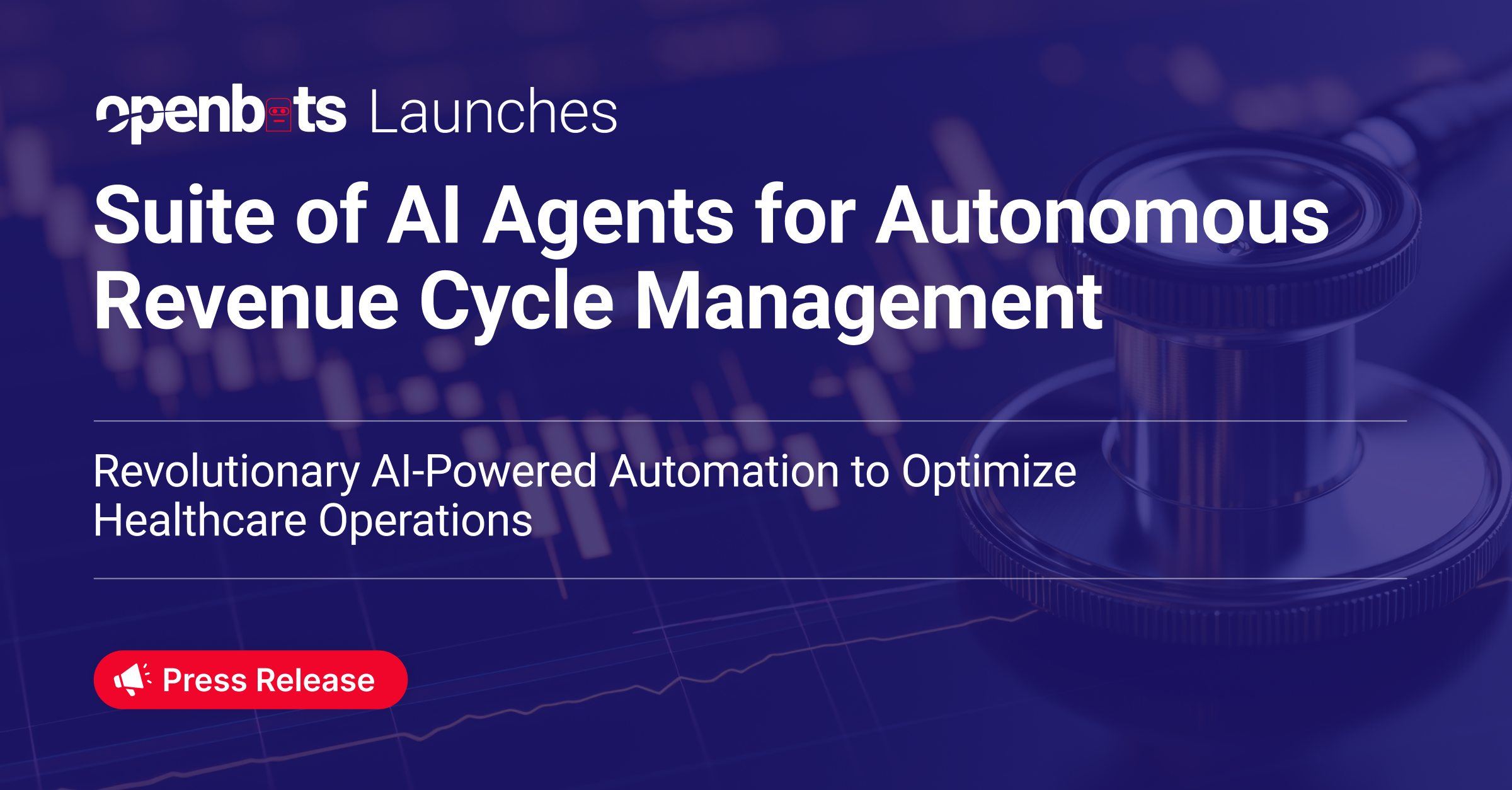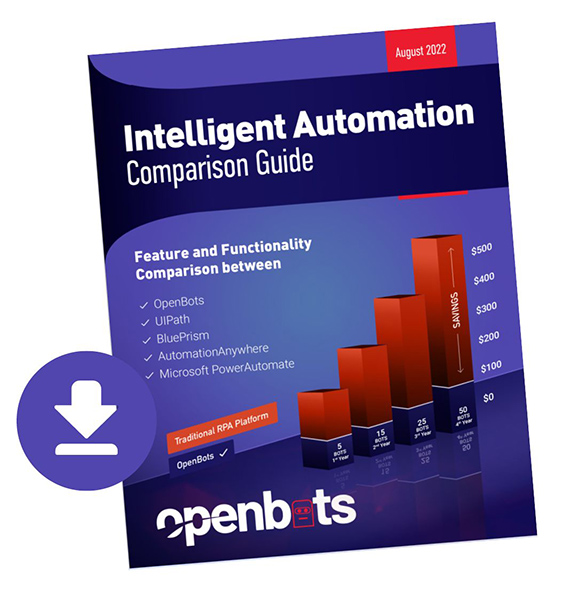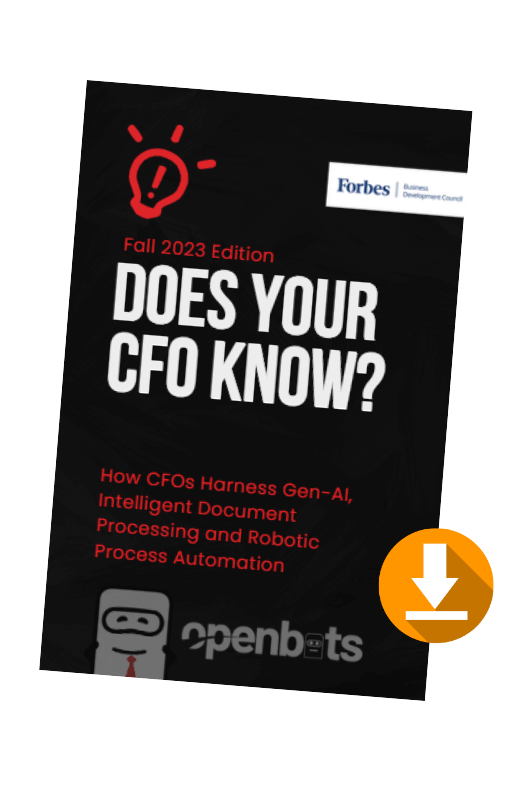7 High-Impact Use Cases of RCM Automation
 by
Ashish Nangla - November 4, 2025
by
Ashish Nangla - November 4, 2025
What Is Revenue Cycle Management?
The Role of Automation in Revenue Cycle Management
Why Automating Revenue Cycle Management Matters
Agentic AI in RCM
- Monitor key metrics (e.g. rising denials) and dynamically spin up workflows
- Suggest appeals strategies or coding corrections
- Route tasks across teams or bots intelligently
- Engage with staff or external systems as an “assistant”
What Are the Challenges RCM Must Overcome?
- Data silos & lack of interoperability
Information islands and interoperability. RCM tends to cut across EHR, billing systems, practice management, payer portal, patient portal, etc. Most systems do not just communicate with each other, and thus, automation is difficult. - Complex payer rules and variability
Each insurance plan has different coverage rules, prior authorization criteria, coding conventions, rejection codes, and modifiers. Bots must be maintained and tuned constantly. - Exception and edge-case handling
Not all cases are straightforward. Denials can be done through clinical statements, appeals, making of follow up calls or human judgment. Human-in-the-loop or agentic AI has to intervene. - Change management and staff acceptance
Employees are likely to oppose automation as they are scared of being displaced or inconvenienced. There should be proper stakeholder selection and training, as well as defined roles. - Scalability and governance
Governance, monitoring, version control, exception handling, error fallback and security are important as volume of bots increase. - Regulatory / compliance risk
There must be HIPAA, data privacy, audit logs, traceability, and controls in healthcare. There are constraints that bots have to follow. - Measuring ROI and aligning to financial goals
It’s critical to select use cases that deliver high impact (high volume, high cost, repetitive) and track metrics (denials reduced, days in AR, cost-to-collect).
7 High-Impact Use Cases of RCM Automation
1. Eligibility Verification Automation
Before services are rendered, determining whether a patient’s insurance is active, what benefits are covered, co-pay amounts, deductibles, and coverage limitations is crucial. Mistakes in this area result in unforeseen rejections or unfulfilling satisfaction of patients.
- Verification AI agents have the capability of logging into payer portals, querying eligibility, retrieving response data (coverage start/stop, benefits, patient share), and returning it to the practice management system.
- The agentic AI agents (RCM agents) will be able to actively track future appointments, precheck beforehand that a person is eligible, detect anomalies or incompatibilities, and inform personnel or even make an appeal or explain the discrepancies in case anomalies are detected.
- Reduces front-end denials due to eligibility errors
- Avoids “surprise bills” to patients
- Improves patient satisfaction and reduces call-backs
- Streamlines registration workflows
2. Claims Processing Automation
Claims submission and adjudication involve multiple steps: verifying claim data, applying coding rules, checking payer policy, submitting to payer portals, monitoring status, applying edits, posting payments, reconciling, and handling denials. Doing this manually is resource-intensive and error-prone.
- Faster claim submission and adjudication
- Reduced errors and denials
- Lower operational overhead
- Better cash flow
3. Denials Management Automation
Denied claims or underpayments eat away revenue. Pursuing appeals manually is laborious — staff must review denial reason codes, dig into clinical/coding documentation, re-submit appeals or corrections, and track follow-ups.
- Faster turnaround on appeals
- Higher recovery rates
- Lower labor burden
- oot-cause insights on systemic issues
4. Prior Authorization Automation
Many procedures, tests, or treatments require prior authorization from insurers. Staff often must gather documentation, complete forms, comply with payer-specific workflows, follow up, and manually check status. Delays or denials hurt revenue and patient care.
- Faster approvals
- Lower administrative burden
- Fewer service delays
- Reduced revenue leakage
5. Payment Posting & Reconciliation Automation
Once payers adjudicate claims, payments must be posted to the right accounts, reconciled with expected amounts, and discrepancies handled. Manual reconciliation is tedious and often delayed.
- Faster payment posting
- Reduced mismatch errors
- Improved AR aging
- Less manual effort
6. Patient Billing & Statements Automation
After payer processing, patients may owe co-pays, coinsurance, or deductibles. Generating patient statements, handling inquiries, setting up payment plans, and managing collections manually is expensive and error-prone.
- Faster billing cycle
- Improved patient collections
- Better transparency & patient satisfaction
- Lower collection overhead
7. Analytics, Forecasting & Predictive Insights
Even with operational automation, RCM leaders need visibility into cash flow, denial trends, coding accuracy, payer behavior, and forecasts for revenue. Manual reporting is slow and reactive.
- Real-time visibility
- Actionable insights
- Predictive forecasting
- More informed decision-making
What Are the Upcoming Trends in RCM?
RPA is evolving toward generative AI agents that can interpret unstructured clinical narratives and assist in coding, appeals, and documentation.
Instead of isolated bots, systems of AI agents will orchestrate entire workflows with minimal human intervention.
Tools that let domain users (e.g. revenue cycle analysts) design or tweak automation workflows without heavy engineering.
Connecting EHRs, payer systems, analytics platforms, and patient portals seamlessly to empower automation.
AI chatbots or agents interfacing with patients for billing, eligibility queries, insurance verification, navigational support.
Instead of reacting, systems will forecast which claims are likely to be denied and adjust proactively.
As automation scales, audit, compliance, traceability, and “explainable AI” become critical, especially in healthcare.
8 Benefits of Revenue Cycle Automation
Automating edits and validations prevents many errors that lead to denials.
Claims and payments move faster, reducing days in AR.
Fewer manual touches, less overhead, and better efficiency.
Staff shift from repetitive tasks to judgment-based, high-value work.
Better logging, consistency, and control reduce audit risk.
Systems can scale volume without hiring proportionally.
More accurate billing, faster responses, and greater transparency build patient trust.
Analytics layers provide insights to optimize the revenue cycle.
Conclusion

About Ashish Nangla
An InsureTech Leader with more than 16 years in the Insurance & Financial Services industry, Subject Matter Expert in User Experience (UX), Blockchain (Distributed Ledger including Ethereum, Hyperledger, Quorum, Corda), Artificial Intelligence (AI) & Machine Learning, Predictive Analytics, Chat Bots, Internet of Things (IOT), Usage Based Insurance and Cloud. Ashish is an Avid supporter of the technological evolution and is constantly exploring the possibilities of how technology and innovation can be leveraged to add more value businesses and their processes. At OpenBots, Ashish’s vision is to democratize enterprise RPA by eliminating bot license costs and make automation and the benefits that come with it more accessible to all.
Recent Posts
Related Blog Posts

Agentic AI’s Untapped Power in Streamlining Prior Authorizations
The original goal of prior authorization was to help keep healthcare costs down, not to get in the way of […]

OpenBots Launches Suite of AI Agents for Autonomous Revenue Cycle Management
OpenBots Inc. is transforming healthcare financial operations with the launch of its AI-powered suite of eight Autonomous Revenue Cycle Management (RCM) Agents…

Agentic AI in Banking: Ten Transformative Processes to Automate
The banking industry is changing rapidly with the tech revolution, and modern technologies like Agentic AI are at the centre […]





